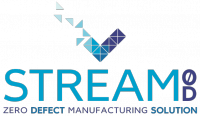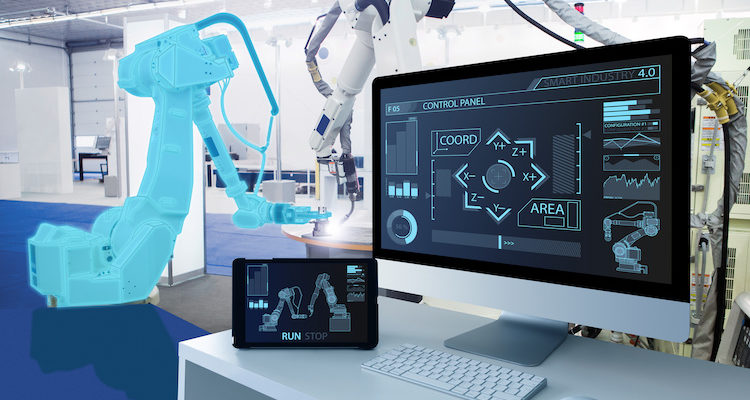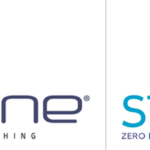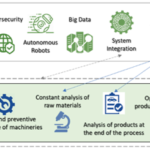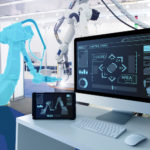Human-Machine Interface for Zero-Defects Manufacturing
Many manufacturing processes are still supervised and managed by humans, therefore a high-quality user experience is critical to obtain valuable information and interact with machines. STREAM-0D solution requires a dedicated interface able to manage multiple levels of information.
In the industrial field, despite the rapid growth and spread of artificial intelligence technologies, human factors still have a high relevance in the successful reception of innovations. Industrial processes are still supervised and managed by humans, therefore a high-quality user experience is critical: it enables human users to obtain valuable information from the process status and interact with machines and processes themselves in a more effective and efficient way.
Human-Machine Interface (HMI)
In the context of industrial-automation software, a Human-Machine Interface (HMI) is a Graphic User Interface (GUI) that presents a visual representation of the state of a process or machine, providing information on its overall status. The GUI, depending on the goals, tasks, and responsibilities of the user, may include dedicated digital or analog messages on the status of the process—such as alarms, or buttons—which allow the user to actively modify the machine or process parameters.
Why is it so important to design an optimal HMI? A poor presentation of information makes it harder for the operators to recognize them and identify the process status, resulting in undesired increase of response time. Main HMI design recommendations can be summarized by the following five points:
- Layout: the GUI process or machine layout should be consistent with the operators’ mental view of the process, reproducing the physical plant arrangement. Visual information is easier to understand than alphanumerical data when it takes advantage of mental patterns that are already present in users mind. It can be recognized at a glance, with a reduced load on the user’s mental work.
- Elements display: Anything that doesn’t add value should not appear on the screen. The elements presentation must be consistent, taking advantage of the Gestalt principles of grouping, a mental process that allows humans to naturally perceive as grouped object that are close, similar or connected. Saturated colors, 3D effects, animations, and anything else that divert user’s attention from relevant process information should be avoided.
- Colors: The use of color is one of the most challenging issues, since color can highlight relevant information but also draw the user’s subconscious attention, and therefore be distracting. Moreover, not everyone can reliably see the full color spectrum. The use of color should be then limited to things that must immediately stand out on the screen—such as an alarm condition or a problem state.
- Navigation: All information provided by the HMI should be easily accessible by the user. When navigation through multiple pages is required, it must be guaranteed through minimal actions and in a consistent way.
- Animation: In order to reduce the users’ mental load, animations should be kept to a minimum, as they can be a very distracting element in any GUI. Usually, their use is appropriate for highlighting anomalous and dangerous situations, e.g. in alarms.
STREAM-0D’s dedicated Human-Machine Interface
As the STREAM-0D project aims at promoting an innovative approach towards Zero-Defects Manufacturing (ZDM), what are the difficulties encountered in the design of a good HMI?
The approach undertaken by the STREAM-0D solution is based on the implementation in the process control of Reduced Order Models (ROM) and Data Driven Models (DDM) that can predict in real-time the evolution of the process behavior based on current process parameters. This create a shift in the operators’ point of view, which becomes not only focused on the current status of the process, but on its future evolution as well. Operators can receive notifications of errors that haven’t occurred yet, can visualize the predicted effect of a process parameter change before actuating it, and need to interact with a system that can optimize the process behavior based on those prediction capabilities.
All these capabilities represent a very powerful tool for monitoring and control of machines and processes, but also increase the mental load for the operators, due to the additional information received. The design of an optimal Human-Machine Interface becomes, therefore, a vital element for the STREAM-0D system successful implementation, as a poor design can overload the users with confused information, making it difficult to distinguish between measured data and predictions, real alarms and preventive notifications. On the other side, a well-designed Human-Machine Interface can greatly expand the users’ comprehension of the process behavior, from the optimization of ramp-up to the prompt correction of unforeseen errors, and lead the way towards a successful implementation of zero-defects manufacturing.
—
This article was provided by STAM, STREAM-0D consortium partner.
Follow STREAM-0D on:
